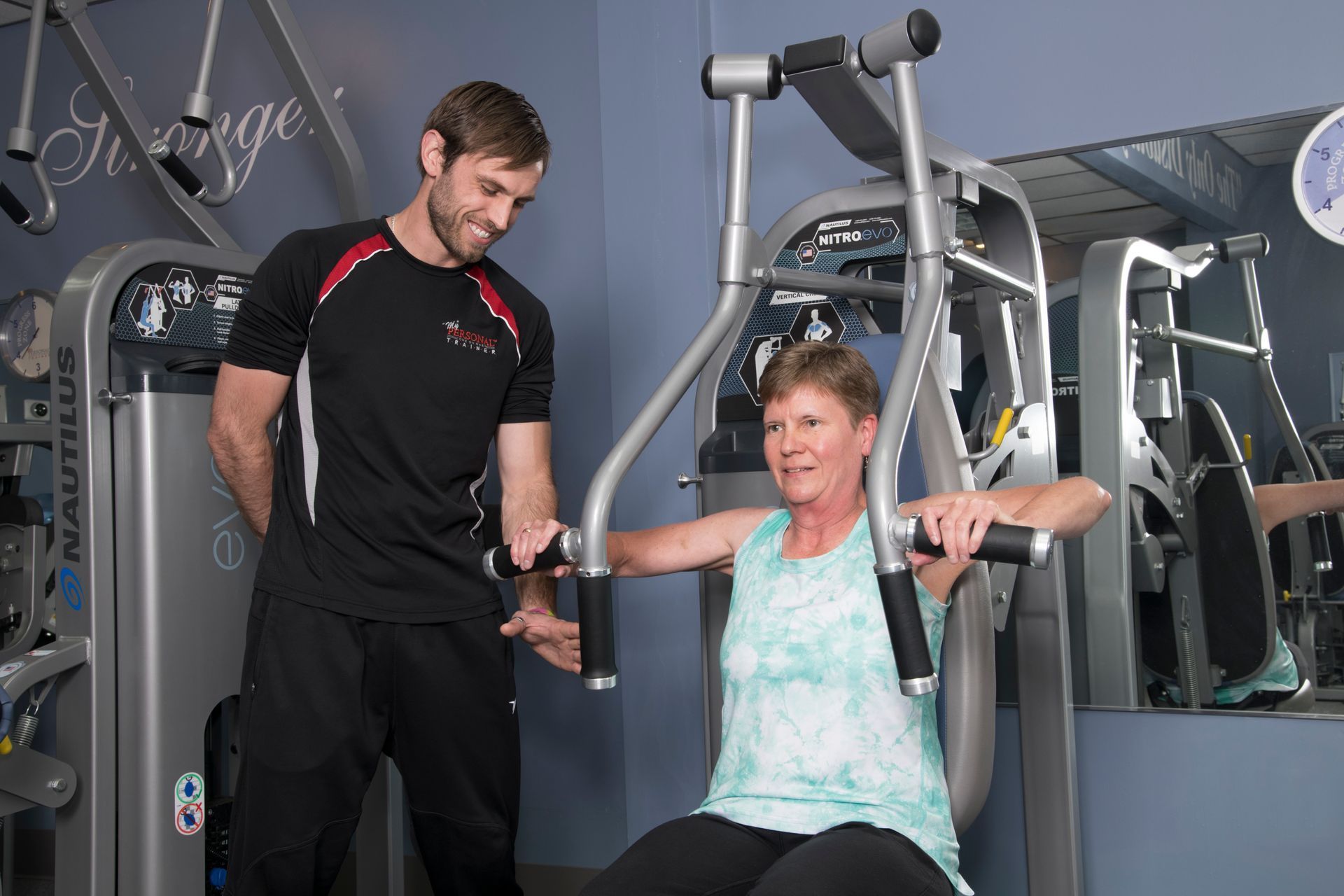BLOGS
News —
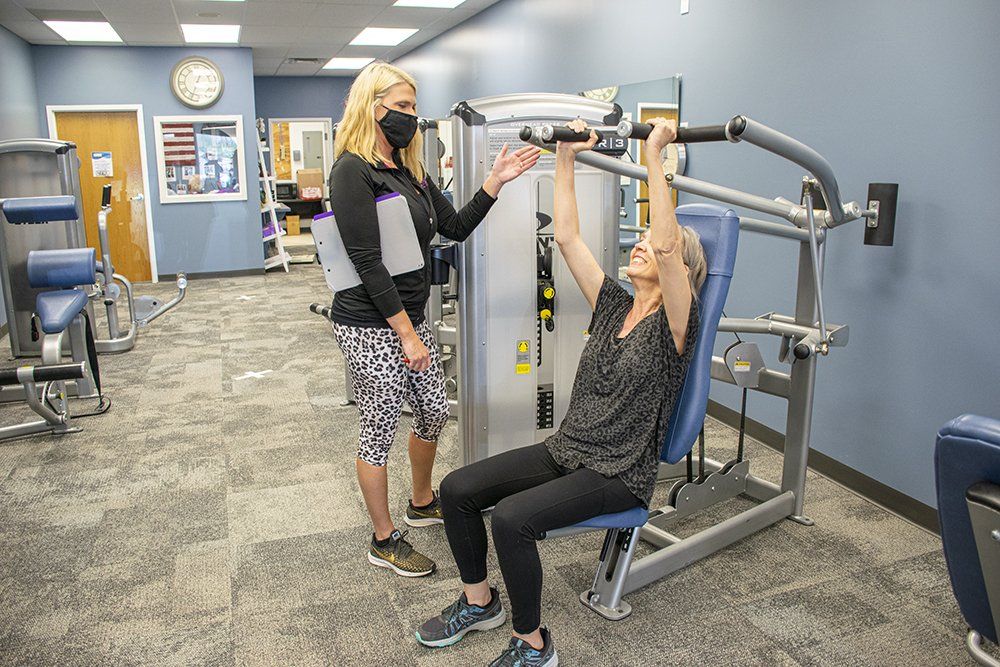
By Digital Support Team Web
•
25 May, 2021
All exercise must provide resistance and movement. The value of the exercise can be determined by the “quality” of the resistance and the “quality” of movement. The harder the resistance in an exercise becomes the more productive the exercise becomes for strength increasing purposes. Most people, however, confuse HARDER exercise with MORE exercise, which is a huge misconception. In a set of resistance exercises, if an individual is capable of performing ten properly executed repetitions with 100 pounds, and with the last repetition, the 10th repetition, being an all-out maximal effort repetition, the question arises, “Which repetition in that set of 10 repetitions is the most productive repetition? The first one or the last one?” Well, it’s obvious. The answer is the last one. Now, what is changing repetition by repetition that is making the exercise more productive? Is the resistance changing? No, it’s the same 100 pounds. Is the distance of movement changing? No, it is the exact same distance with every rep. The first thing that is changing repetition by repetition that is making the exercise more stimulating is the INTENSITY OF EFFORT being exerted. Replication by repetition the movement is getting progressively harder. The hardest rep, the most productive rep, is the very last rep that can barely be accomplished in good form. Now what if this same individual decided not to do the last repetitions. The 8th, 9th, and 10th reps, because it was getting harder, so they decided to make up for those last reps by doing two more sets using the same weight, but stopping the sets at 7 reps. Question: Would this increased volume of exercise (i.e., doing more exercise sets) make the exercise as stimulating and productive as doing only one set, but carrying that set to momentary muscular failure? The answer is No. The reason is that all muscles contract on an ALL or NOTHING basis, meaning that the whole muscle when called upon to move something does not contract in its entirety, but individual muscle fibers contract and only to the point of producing movement. So, the harder the exercise becomes, the more muscles fibers are called upon to contract to continue to product movement. If an individual did 20 sets of the same exercise with the same weight but stopped 2 to 3 reps sort of an all-out effort, the exercise would be greatly compromised in its stimulations. Also, the more work that is placed on the muscles and the entire physical system as a whole, the more energy is being consumed making the body much more exhausted. This reduces the body’s ability to recover after the exercise session has been completed. Regardless of how much muscular stimulation has been produced, if the body’s resources are not available for recovery, the individual cannot and will not improve. Even if the multiple sets of the same exercise were performed correctly, the physical system (systemic recovery) would be so exhausted from doing too much work that it could not positively respond. For strengthening purposes all anaerobic exercise protocols should be as HARD as possible and as BRIEF as possible. This protocol will work as many muscle fibers as possible while reducing the exhaustive demands of the exercises as on the body.
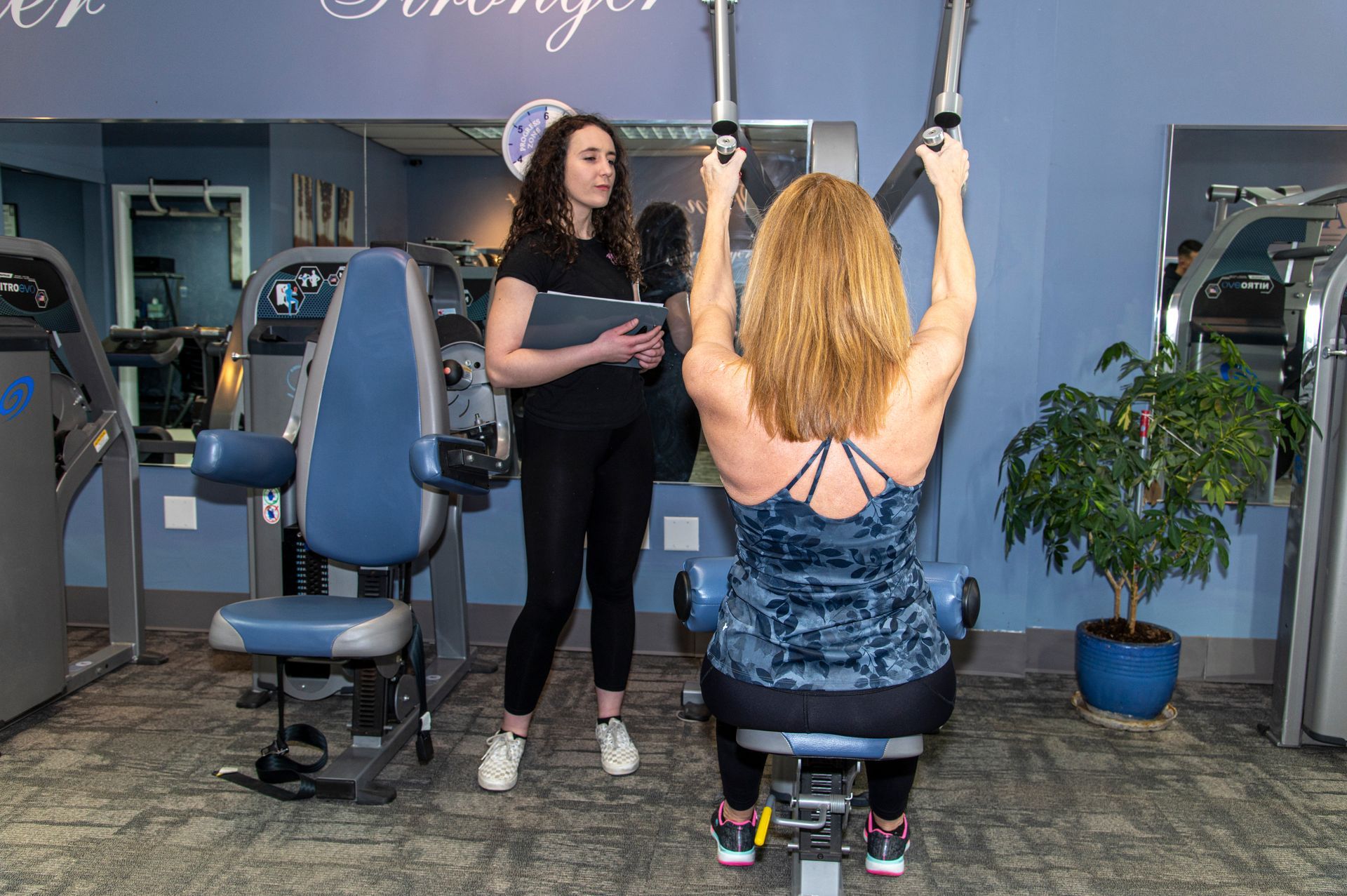
By Digital Support Team Web
•
25 May, 2021
QUESTION - What do all other personal trainers use to measure the ongoing results of their clients? NOTHING! It’s always speculative and emotional, “Well, I feel better!”, “I think it’s working", “My trainer is really nice", “I can really feel it." Without having SOMETHING DEFINITIVE to measure a client’s results or lack of results EVERY WORKOUT, no one can know WITH ANY CERTAINTY if their program is working or if it is a waste of time! ALL beneficial results that are attained through “proper” Progressive exercise are based solely on “strengthening!” You cannot increase bone density without strengthening the bones of your body! You cannot improve the tendons and ligaments of your body without strengthening them! You cannot improve your heart and lungs without strengthening your heart and lungs! You cannot firm, tone or improve in any way the muscles of your body without strengthening them! IT IS SIMPLY IMPOSSIBLE! As a matter of fact, outside of cosmetic surgery, there are only two things that you or anyone else can do to change the appearance, mobility and functionality of the body. 1. You can Gain or Lose Fat 2. You can Gain or Lose Muscle However, within the confines of these two seemingly limiting factors, DRAMATIC RESULTS can be witnesses by almost anyone IF the PROPER exercise protocol is understood and applied. Over 95% of what is being promoted today through exercise infomercials, celebrity exercise videos, fitness magazines, extreme makeover shows, fitness centers and especially personal trainers IS NOT ONLY NON-PRODUCTIVE NONSENSE BUT IN MANY CASES IS OUTRIGHT DANGEROUS! DON’T BE MISLED! STOP BEING CONFUSED! THERE IS AN ABSOLUTE SCIENTIFIC REALITY TO DESIGNING A PROPER PROGRESSIVE EXERCISE PROTOCOL. IT IS AN ABSOLUTE REQUIREMENT THAT ALL MPT TRAINERS, REGARDLESS OF ANY PREVIOUS EDUCATION OR EXPERIENCE, BE EDUCATED, TRAINED AND CERTIFIED BY MY PERSONAL TRAINER CERTIFICANTION TRAINING PROGRAM CALLED B.O.S.S. B.O.S.S. ASSURES THAT ALL MPT CLIENTS RECEIVE THE MOST ACCURATE, NO NONSENSE, TRUTHFUL AND RESULTS PRODUCING EXERCISE INFORMATION AVAILABLE TODAY! SO, ARE ALL PERSONAL TRAINERS CREATED EQUAL? Once the physiological facts are clearly understood, the answer becomes very self-evident!
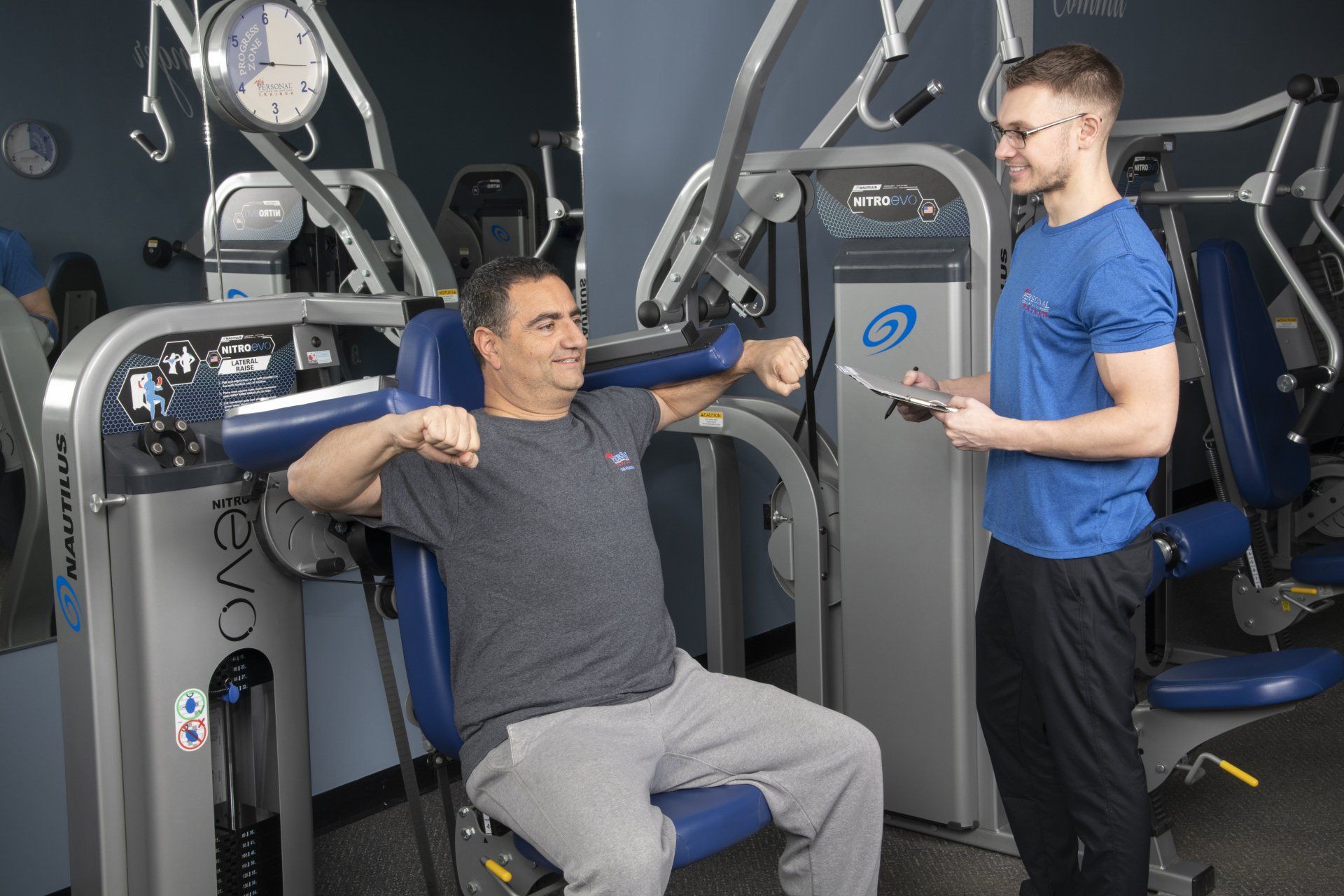
By Digital Support Team Web
•
25 May, 2021
Once you learn how to write your name, you’re not going to improve your handwriting or your spelling by writing your name over and over again. The same thing is true with exercise. You’re not going to continue to increase strength and improve your body while continually using the same weight in exactly the same amount of time each week. The body will only be stimulated to improve by placing a physical demand on it that it is not accustomed to doing. In order for an exercise to continually be productive (i.e., increase strength) it must continually be progressive in the intensity of effort being exerted. A woman over the years that participated in an aerobics type of dance class or similar program (and there has been scores of them under different names) regardless of the amount of time she has been doing it, be it only two weeks or two years, will have gotten the same exact physical benefit. Why? Because of the intensity of effort or stress that is being placed on her body IS ALWAYS THE SAME. If she has been doing it for two years, the actual benefits or improvement took place in the first two weeks, and the other one year, eleven months and fourteen days were just maintenance. NO ADDITIONAL IMRPOVEMENT!
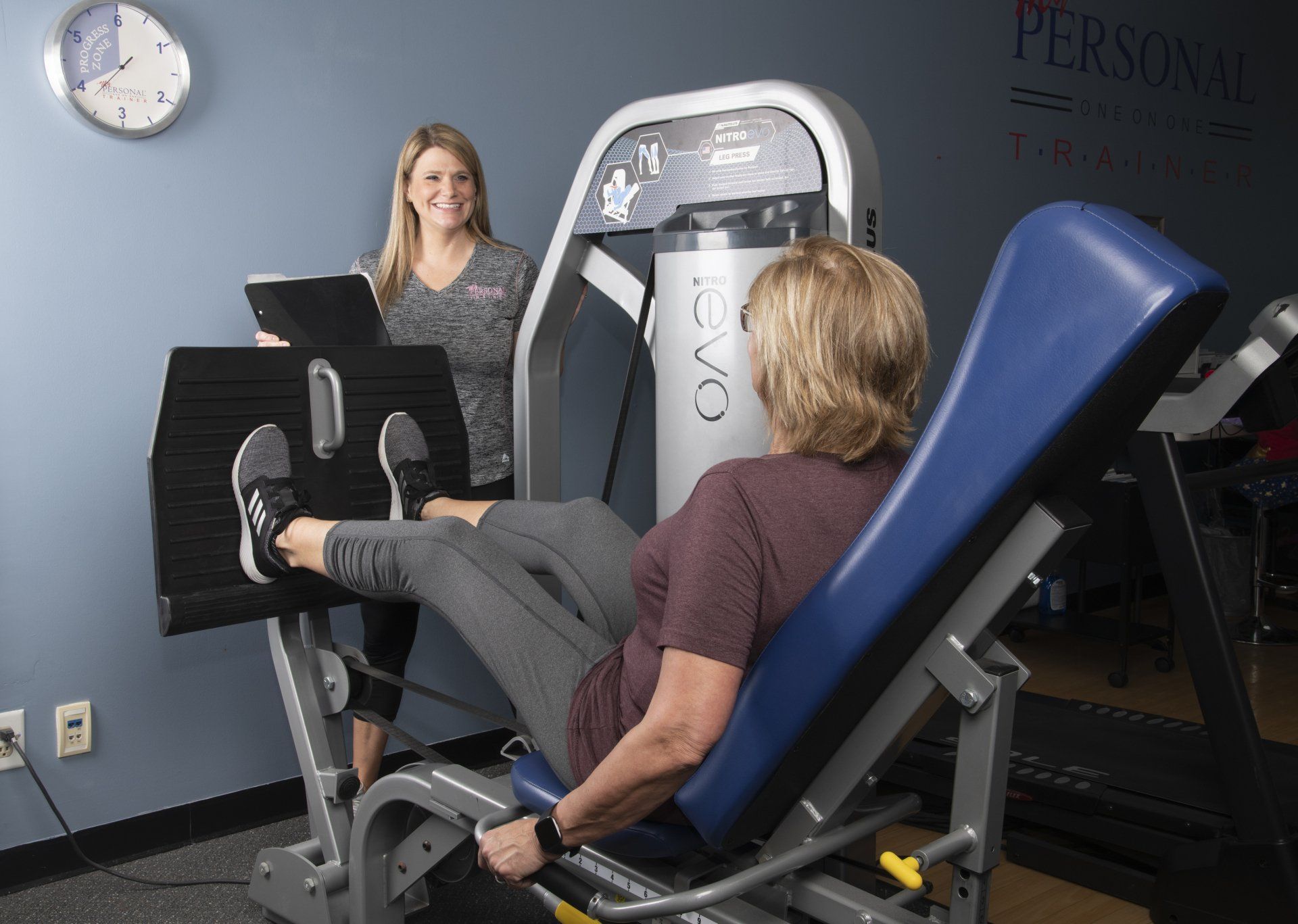
By Digital Support Team Web
•
25 May, 2021
Trian Harder. . . The most fundamental principle of exercise is overload. To stimulate increases in muscular strength and size you must impose a demand on the muscles that is greater than they accustomed to. The harder, or more intense an exercise is, the greater the degree of overload and the more effective the exercise. During high intensity training exercises are typically performed with all-out effort, until it is impossible to perform another repetition in good form. While training to momentary muscular failure is not necessary to stimulate increases in muscular strength and size, it ensures one has done all they can for that purpose. Some people believe regularly training to muscular failure is too stressful on the body- specifically the central nervous system- however this is not a problem as long as the volume and frequency of training are not excessive. High intensity training methods very with regards to the specific style, speed, and number of repetitions performed, as well as the number of exercises and frequency of workouts, but all emphasize working as hard as possible. . . .But Train Briefer There is an inverse relationship between the intensity and the volume of exercise a person can perform. The greater the effort put into a workout, the shorter the workout must be to avoid overstressing the body. High intensity training workouts typically require around 30 minutes, and some “consolidation routines” may take fewer than 10 minutes to complete. General Guidelines for High Intensity Training The following are general guidelines for high intensity training. Keep in mind the specific volume and frequency of training and exercise selection should be modified to suit the individual, based on level of conditioning, response to exercise, and goals. Training Frequency: Beginners should perform no more than three workouts per week on non-consecutive days. Advanced trainees should work out less frequently, not more. Training Volume: Perform between two and twelve exercises addressing all major muscle groups. If a higher number is performed, limit the total number of compound movements to no more than half. Number of Sets: Perform only one set per exercise. Number of Repetitions: A wide range of repetitions can be effective. Progression: Increase the resistance used during an exercise by approximately five percent whenever you are able to complete the highest number of you repetition range in strict form. Repetition Speed: Move slowly enough to maintain strict control over the movement and to be able to reverse direction smoothly. Avoid fat, jerky movements. Range of Motion: Full-range, partial-range, and isometric training can all be effective. Examples of workouts based on these guidelines: Basic workout with Nautilus machines: 1. Deadlift 2. Shoulder Press 3. Calf Raise Full-Body or Split Routines? Most high intensity training methods prescribe full body routines, however a few like Mike Mentzer’s Heavy Duty use split routines, which may aloe for longer local recovery for certain muscle groups. Examples of popular high intensity training workout splits: Basic upper body/lower body split: Upper Body 1. Bench Press or Dip 2. Chin Up or Pulldown 3. Standing Press 4. Row 5. Triceps Extension 6. Barbell Curl Lower Body 1. Barbell Squat or Leg Press 2. Stiff-Legged or Leg Curl 3. Leg Extension 4. Calf Rise 5. Trunk Curl Basic push/pull/legs & abs split: Push (Chest, Shoulders & Triceps) 1. Bench Press, Chest Press or Dip 2. Standing Press or Shoulder Press 3. Chest Fly 4. Lateral Raise 5. Triceps Extension Pull (Back & Biceps) 1. Chin Up or Pulldown 2. Row
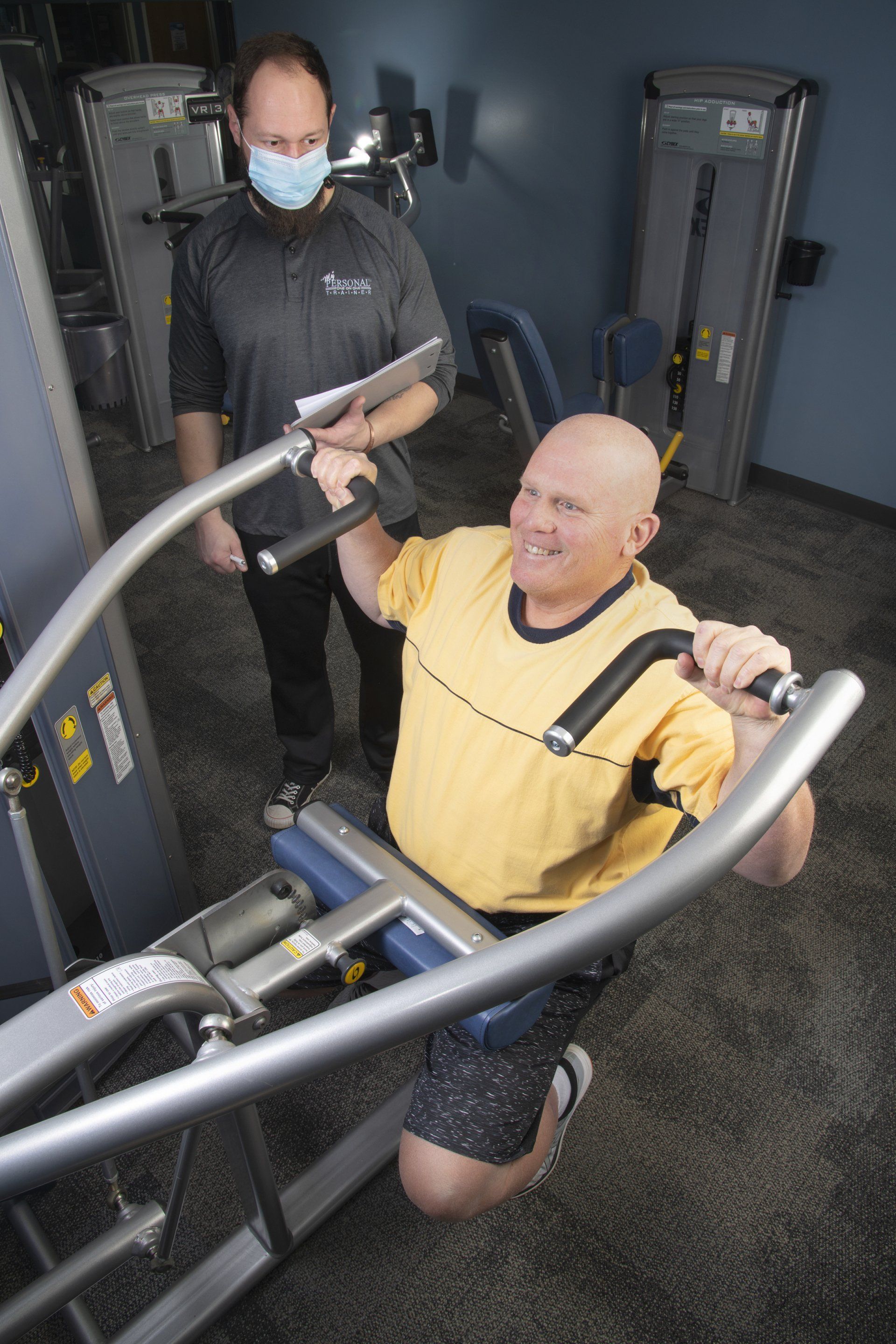
By Digital Support Team Web
•
25 May, 2021
We are all created ANATOMICALLY the same; male or female, we are all the same. We all have the exact same body parts (i.e. a head, arms, legs, torso, etc.), but we are ABSOLUTLELY NOT all created equal. Sound like a contradiction? It’s not. If we were all created anatomically different, there would not be, could not be any exact or accurate medical science. How could a doctor with any certainty conduct a successful operation or study how the human body functions if everyone was designed differently? Can you image what the success rate would be for performing open heart surgery or even fixing a tooth if no one else had a heart or teeth? Science is exact. The law of physics apply to everyone and everything in the universe. But, genetically each one of us is NOT the same. Our bodies, our intelligence, everything about us has come from our genetically engineered and re-engineered makeup that has been handed down to us by our parents, grandparents and great-grandparents. WE GET WHAT WE GOT BECAUSE OF OUR GENETIC PREDISPOSITION… PERIOD! Well, you might ask. “What does this have to do with my success with my Personal Trainer?” The answer is, “Much more than you would think or even imagine.” Because of these enormous genetic differences, the results a client will experience have a great deal to do with the client’s bone structure, muscle density, length of their muscle bellies, tolerance to exercise stress, skin integrity. And even their hormones and blood composition. These traits for the most part are genetically predetermined at conception and are not subject to alteration or change. However true this is, and it is true, ENOURMOUS IMPROVEMNET can be made and will be made by almost anyone who is subjected to the RIGHT training protocol, the RIGHT nutritional plan and making that- oh so important- commitment about what they are doing to positively change their body. But. As they say, “you can’t make a silk purse out of a sow’s ear” and you certainly can’t turn a camel into a race horse. This is simply called GENETICS!

By Digital Support Team Web
•
25 May, 2021
The United States Bill of Rights states, “that all men are created equal.” Well, it that a truth? I guess what it is supposed to mean is in a free society all men have an EQUAL OPPORTUNITY to the pursuit or personal happiness. But, even that is not necessarily true. There is a saying that “one man’s floor is another man’s ceiling.” Does being born as a coal miner’s child offer the same opportunities as being born to billionaire parents? Not hardly! Was Forrest Gump born with the same intellectual ability as Albert Einstein? Yeah right! Was Danny DeVito born with the same physical attributes as Shaquille O’Neil for basketball greatness? That one’s a real joke! Draw the shape of a bell on a piece of paper with the top of the bell being considerably smaller than the bottom of the bell. Now, extend the bottom lip of the bell on both the left and right sides. Put a plus (+) on the left side at the base and a minus (-) on the right side. Then draw a solid line in the middle of the bell straight down from the top to the bottom. There you have a simple illustration of HUMAN ABILITIES, with two very apparent and very opposite extremes. Einstein would go to the extreme left side of the bell curve (i.e., +) and an individual who could not be taught how to tie his shoes (i.e. a moon) would go on the extreme right side of the bell curve (i.e., -) Using this analogy, all seven billion of us fall somewhere whitin these two extremes, with the average person being directly in the middle. Genius’s and morons, giants and midgets, obese and thin, extroverts and introverts, extremely strong and extremely weak, beautiful and ugly, and yes, this also applies to physical attributes. People have different abilities with some being almost superhuman while others are directly opposite. Imagine if at the beginning of their careers, Woody Allen and Arnold Schwarzenegger both had the same goal of being a champion bodybuilder. What do you think the outcome would be? All of us are governed by our genetic predisposition of which our human abilities all fall somewhere within the two extremes of the bell curve. This is also very applicable when it comes to producing RESULTS from exercise. While doing exactly the same PROPERLY DESIGNED EXERCISE PROTOCOL some will produce outstanding results, while others will produce good results and still others will experience well below average results. But if PEOPER exercise application is applies everyone should experience results. The determining factor though for producing results will lie between the two extreme ends of the bell curve.
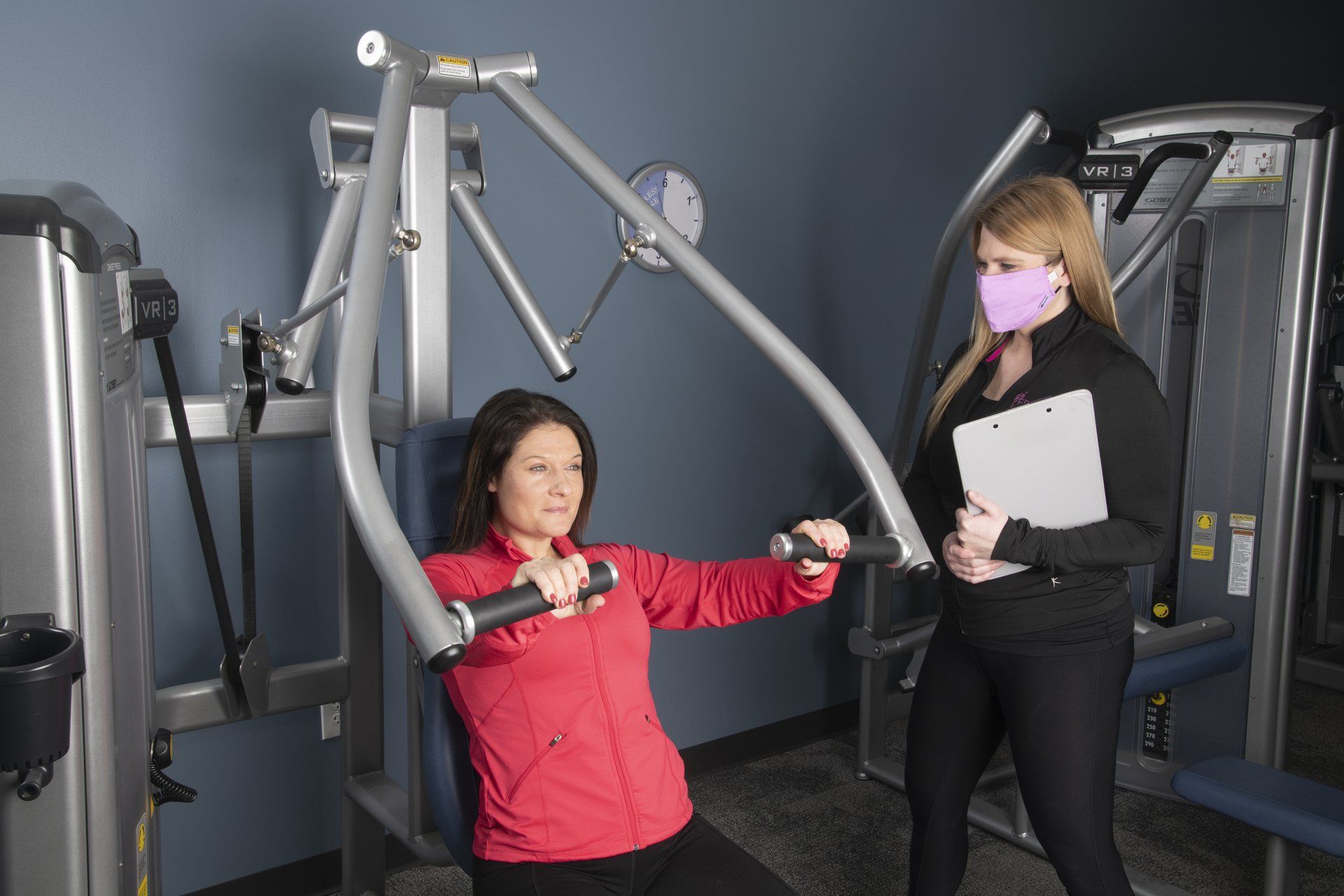
By Digital Support Team Web
•
25 May, 2021
You can’t turn a camel into a race horse, no matter what kind of training program, nutritional plan, or how much desire the camel has in its quest to accomplish it. Genetics has the final say in this and genetics are totally determined and programmed at conception and can’t be altered or changed no matter what you do. However, good results can be obtained by just about anyone if the proper knowledge and application of that knowledge is applied. To obtain the best results for muscle improvement in the shortest period of time, the exercise has to be intense (hard) in effort. If it’s not hard enough, the muscle has no reason to protect the body by increasing its strength which is the only thing that can be done to improve muscle. Also, the workout itself must be as brief as possible. The harder the exercise is the less exercise one can perform each workout. You can walk five miles a day, but let’s see you sprint five miles! Too much exercise, when performed properly, will deplete the bodies limited amount of biochemical resources (recovery ability) making progress virtually impossible even though the muscles were exercised properly. We all have individual limits to tolerating high intensity exercise. This tolerance is based on the amount of effort (not amount of exercise) applied to each exercise. Our age, gender, hormones, genetics, and time or rest between workouts all have a major influence on the amount of proper exercise we can tolerate. The very first thing the body attempts to do after exercise is recover from the exhausting effects of the workout. But total recovery of the muscles and the whole physical system takes time. Proper exercise can only stimulate the result, it can’t produce the result. It’s the body that actually produces the result, but only if given a sufficient amount of time to do so. Many individuals, personal trainers, and coaches are totally unconcerned or even aware of this physical occurrence which accounts for so many injuries, and slow or little results!
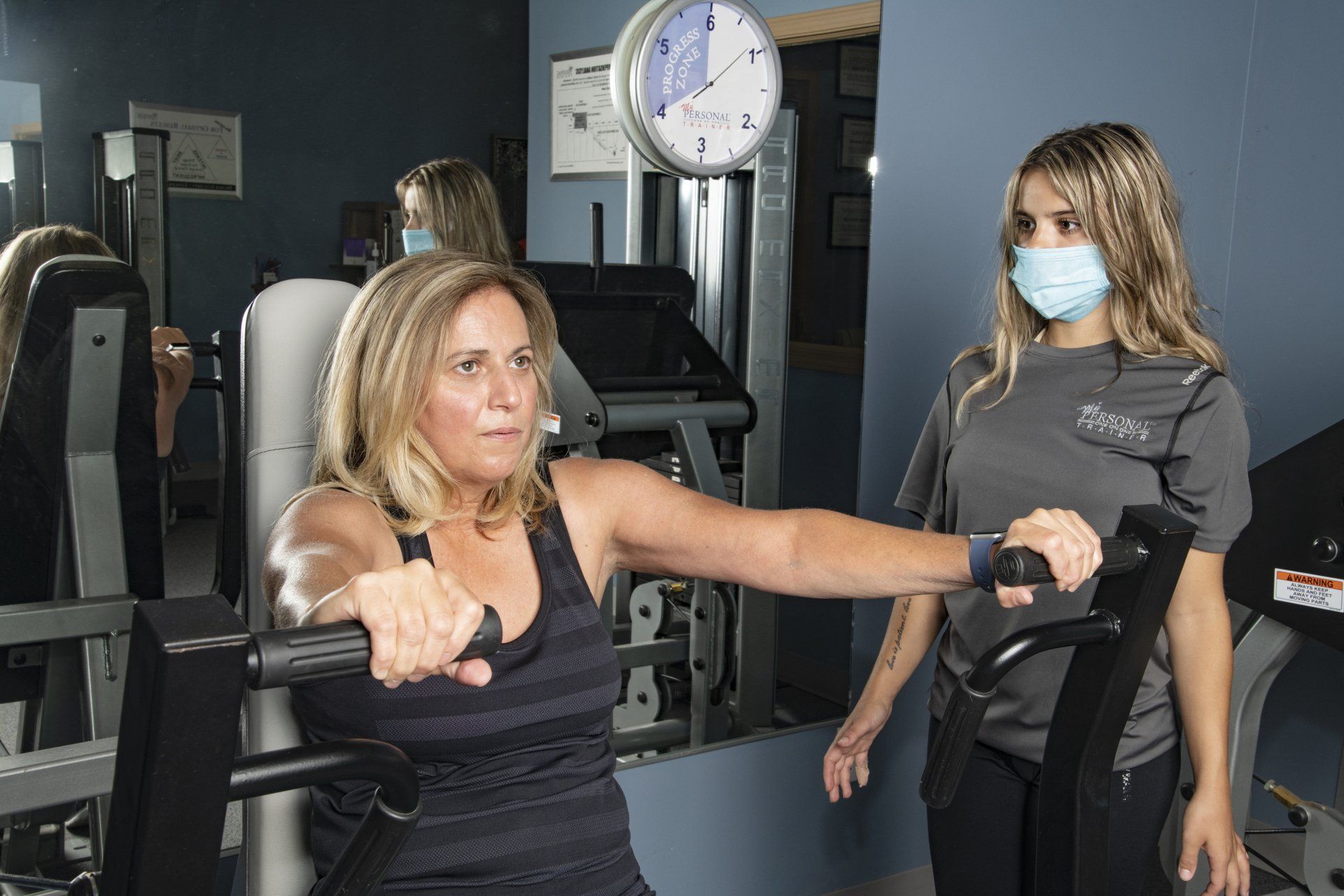
By Digital Support Team Web
•
15 Apr, 2019
Excluding burns and radiation, ALL injuries (i.e., strains, tears, breaks and dislocation) come from two factors: FORCE AND STRUCTURAL INTEGRITY. When too much force is applied to a structure that is cannot support, injury and destruction immediately follow, be it a bridge, building, chain, tree, car transmission, a tire or a muscle, tendon, ligament or joint. EXAMPLE: Jump off the second step of your back porch at home. The speed of movement you produced when you hit the ground may be 3 Gs (3 times gravity) of force. Now, get a ladder, climb up on your roof, and then jump off. Because of the increased distance of travel, which produces an increased speed of movement has now generated a possible 10 to 20 Gs of impact force when you hit the ground, and I guarantee that something on your body is going to break. Even though your body weight stayed exactly the same in both instances, the SPEED OF MOVEMENT was drastically accelerated which in turn produced an amount of force that the bodily structure could not support and, of course, injury has to be forthcoming. A boxer knows that the more speed he can put into his punch, the harder the impact will be. So, if your goal is to break boards at your karate class, you must apply as much speed as possible. But, if your goal is to exercise your muscles in the most result-producing and safest way, then ALWAYS MOVE SLOWER! Any personal trainer, so called exercise EXPERT, or sprint coach that advocates fast baluster movement for the purpose of producing muscular size and strength is a FOOL!
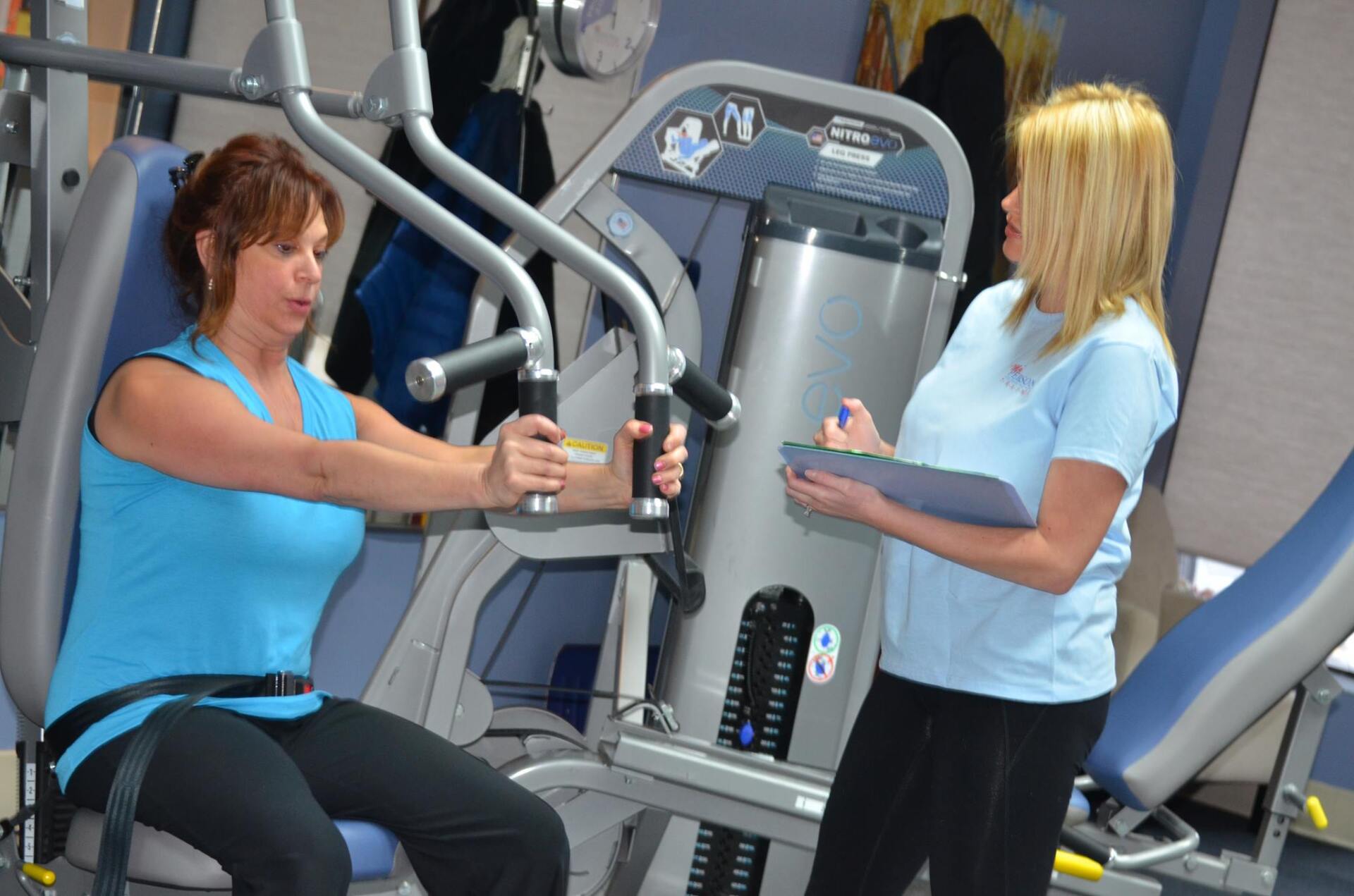
By Digital Support Team Web
•
15 Apr, 2019
Some people need more or less repetitions than others. There are several different fiber types in human muscle, but for all practical purposes, two are predominant to reflect muscular performance. These two are known as fast twitch fibers and slow twitch fibers. Most men and women have a combination of these fiber types. Fast twitch fibers can produce a much higher level of force but can ____________ for only a very brief period of time. People who have predominately fast twitch fibers will be able to demonstrate much greater strength (with all other things being equal) than average, but will be quite inferior when performing endurance type activity. Fast twitch individuals are able to recruit many more muscle fibers per repetition and must be exercised with fewer repetitions. If a fast twitch subject is exercised using a high or even average amount of repetitions, the subject will make a much deeper than average muscular inroad into their starting level of strength and will be (depending on the actual amount of repetitions) grossly over trained. The subject would need an extensive period of time to recover before they could train again. Usually these types require only 10 to 30 seconds of time under load (TUL) to be most productive. On the other side of this comparative, slow twitch muscle fibers cannot produce even an average amount of force per repetition, but are capable of enduring a much higher amount of exercise for a much longer period of time. These individuals will need three to five times (usually 90 to 120 seconds) of time under load (TUL) to produce a productive and meaningful inroad for the muscle to be stimulated properly. A fast twitch subject will usually make approximately a 3 to 6 percent inroad per repetition, meaning that every repetition performed properly will reduce their starting level of strength by about 4 to 9 percent. A slow twitch subject will usually make an approximate 1.5 to 2 percent inroad per repetition. These are just approximates but do serve to explain the vast differences needed for some men and women. Studies have shown that a 15 to 25 percent muscular inroad is proper for stimulating the correct overload to produce best results, not too little or too much. Depending on the fiber type, it reveals that some individuals with fast twitch fiber types might do best performing only 2 or 3 ten- second repetitions to product a 15 to 25 percent inroad, while individuals with slow twitch fiber types will do best by using 9 to 12 ten-second repetitions to produce the same 15 to 25 percent inroad. These extremes represent only about 20 to 30% of the populous with some 70 to 80% doing quite well by making 3% muscular inroad per repetition. This repetition range would produce a 12% inroad multiplied by four repetitions, 15% multiplies by 5 repetitions, 18% multiplies by 6 repetitions, 21% multiplies by 7 repetitions, and 24% multiplied by 8 repetitions. Now, the question arises, “How do you know what rep range will allow a client to demonstrate his or her best results?” Good question. First of all, if a client is making continual and satisfactory progress using our standard four to eight repetition protocol, then this is proof that this rep range is proper. Usually if they show progress from the very beginning, this is a good indication that what they are doing is right for them. When they start showing signs of a slow down or halt in their progress, it is usually because of one or more of the “10 Reasons for Cessation of Progress.” If you determine that it has nothing to do with any of these ten reasons, then it should be suspected that “extreme fiber types” are the problem. The way to test for fiber type is quite simple. The first thing that must be known is a client’s repetitions maximum. This is best determined by using a single joint exercise such as a leg extension or arm curl. Usually what this will reveal for the leg extension can be applied for all lower body exercises. Likewise, the same is true in testing and upper body exercise such as an arm curl and can be used for all upper body exercises. Compound exercises such as the leg press, chest press, etc., usually need slightly more repetitions than an isolation exercise due to multiple muscles and joints sharing the stress. To determine a client’s one repetition maximum strength, a client must first warm the muscle by doing several sets of lighter repetitions. The client should be given a weight that the trainer suspects could be their maximum, progressing up using only one repetition at a time. If 100 pounds is used but the client could be two repetitions after a couple minutes of rest, the weight would then have to be increased to 105 or 110 pounds. When the maximum single repetition is performed in GOOD FORM, the client should use a weight that is 80% of their single maximum effort lift. Example: If an individual’s maximum effort lift in good form is 100 pounds, then you would use 80% of that weight of 80 pounds for one all out set of repetitions. Whatever the number of repetitions turn out to be, it will be their proper amount of repetitions needed to make an approximate 20% inroad. To this add .15 to get your maximum range and subtract .15 to get your minimum range.
Learn more about our unique approach to achieving a healthier lifestyle by visiting us on one of our social media channels.
© 2024
All Rights Reserved | My Personal Trainer | This site is powered by Bluefoot.

